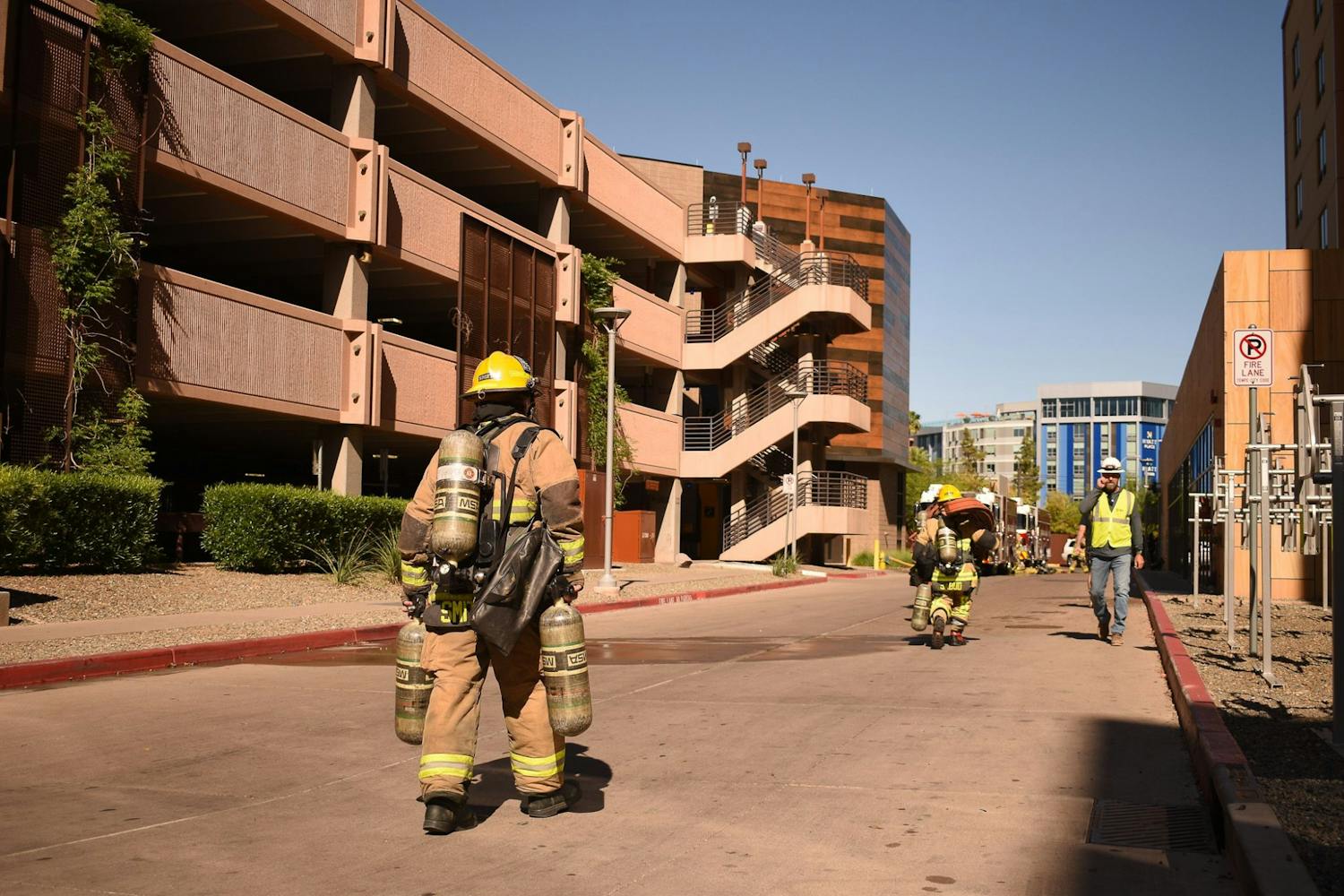An ASU professor joined 20 other interdisciplinary researchers to conduct a non-political gun violence study examining gun violence among children and teenagers.
The research study, called the Firearm-safety Among Children & Teens Consortium, will receive $5 million in funding from the National Institutes of Health to find long-term solutions to gun violence, as well as reduce the number of gun related injuries and deaths among American youth. Results are expected over the next four to five years with a website for the study emerging in October 2018.
Homicide is the second leading cause of death in young adults within the United States, according to the Centers for Disease Control and Prevention, making it an apt target for the newly minted research group.
Jesenia Pizarro-Terrill, an associate professor in the School of Criminology and Criminal Justice, is contributing to the study, which is among the first of its kind to be conducted with a strictly non-partisan structure within the United States. Whereas many previous research studies were used in favor of either liberal or conservative gun policies, this study promises to be focused on the research itself, with no political agenda.
The study is one of the first to be conducted after the passing of the 1996 Dickey Amendment, which prohibited the NIH and the CDC from funding research to advocate or promote gun control.
Georges Benjamin, the executive director of the American Public Health Association, spoke on the impact of that legislature.
“I've run a couple of health departments in the government; I know what happens when somebody takes the money away from your program because they don't like what you're doing," Benjamin said. "That message means ‘don't do it,' and that's what happened.”
Following the Stoneman Douglas High School shooting in Parkland, Florida, an addendum was added into the federal spending bill in March 2018 that allowed this research to be conducted.
“This study is a good first step on behalf of the National Institutes of Health," Benjamin said. "I think it's going to be on all of us to make sure that they don't get threatened doing the research, because that risk is still there.”
When asked about what this study means to the gun violence research community, Benjamin said it's a good start.
"The amount of money that the NIH put out is really just a small investment, an important investment, as it’s a first step," Benjamin said. "But it is a very small investment for the magnitude of the problem.”
Director of the School of Criminology and Criminal Justice, Cassia Spohn, said the groundbreaking collaborative is a source of pride at ASU.
“This is a clear acknowledgment of the past work that (Pizarro-Terrill) has done on violent crime, and it's an honor for her to be included on this prestigious of a project," Spohn said. "(Her inclusion in the) study is a reflection on the fact that she has a national reputation for this kind of work."
Spohn said the School will provide Pizarro-Terrill every opportunity for success around the project, including their continued support and the ability to collaborate with others, both within the consortium and in the field of study.
“For (ASU), this means that by putting Jesenia (Pizarro-Terrill) on the map, it publicizes the work that the school is doing," she said. "Certainly we’ll provide her with a myriad of opportunities to use the data produced by the project … and to publish work in top journals of the field, not only in criminology and criminal justice, but also in public health.”
ASU Faculty Research Associate Sherry Towers said that researching gun violence is something of great importance, and an area of study desperately needing both more funds and more public attention. She said she sees this study as a step forward, both for ASU and for the study of gun violence.
Having spent the majority of her career studying the spread of disease in populations, Towers said that mass shootings follow similar patterns as other contagions. She has devoted much of her spare time to mapping and researching the spread of violence following mass shootings. Towers said the lack of funding hinders her work as much as it does any other researcher in this field.
“One of the problems is that there’s a big lack of funding for this kind of research," Towers said. "Most Americans are unaware that there are very few things that you as a (gun violence) researcher can look at, and be able to get funding relating to that area of study."
While this study is well funded, the $5 million is coming from the existing NIH budget, rather than any additional funding from Congress.
The involvement of NIH demonstrates that at least one government institution is willing to dedicate money to gun violence research.
According to Towers, Congress has met every year since 1996 and systematically voted against repealing the Dickey Amendment, keeping both public attention and funds from gun violence research.
Towers said Jack Dickey, the former Congressman of Arkansas for whom the amendment is named, wrote that he now regrets sponsoring the amendment "because he felt that if new research had occurred over the last 20 years, then America would not have this current problem with gun violence.”
Reach the reporter at Jennifer.Lee.Carroll@asu.edu or follow @lacyjacy2 on Twitter.
Like The State Press on Facebook and follow @statepress on Twitter.




